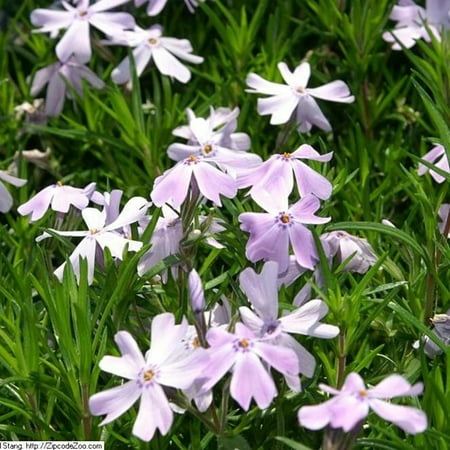How to grow creeping phlox – for a resilient and pretty flowering ground cover that will illuminate backyard borders
Creeping phlox is an impactful and easy-to-grow ground cover plant
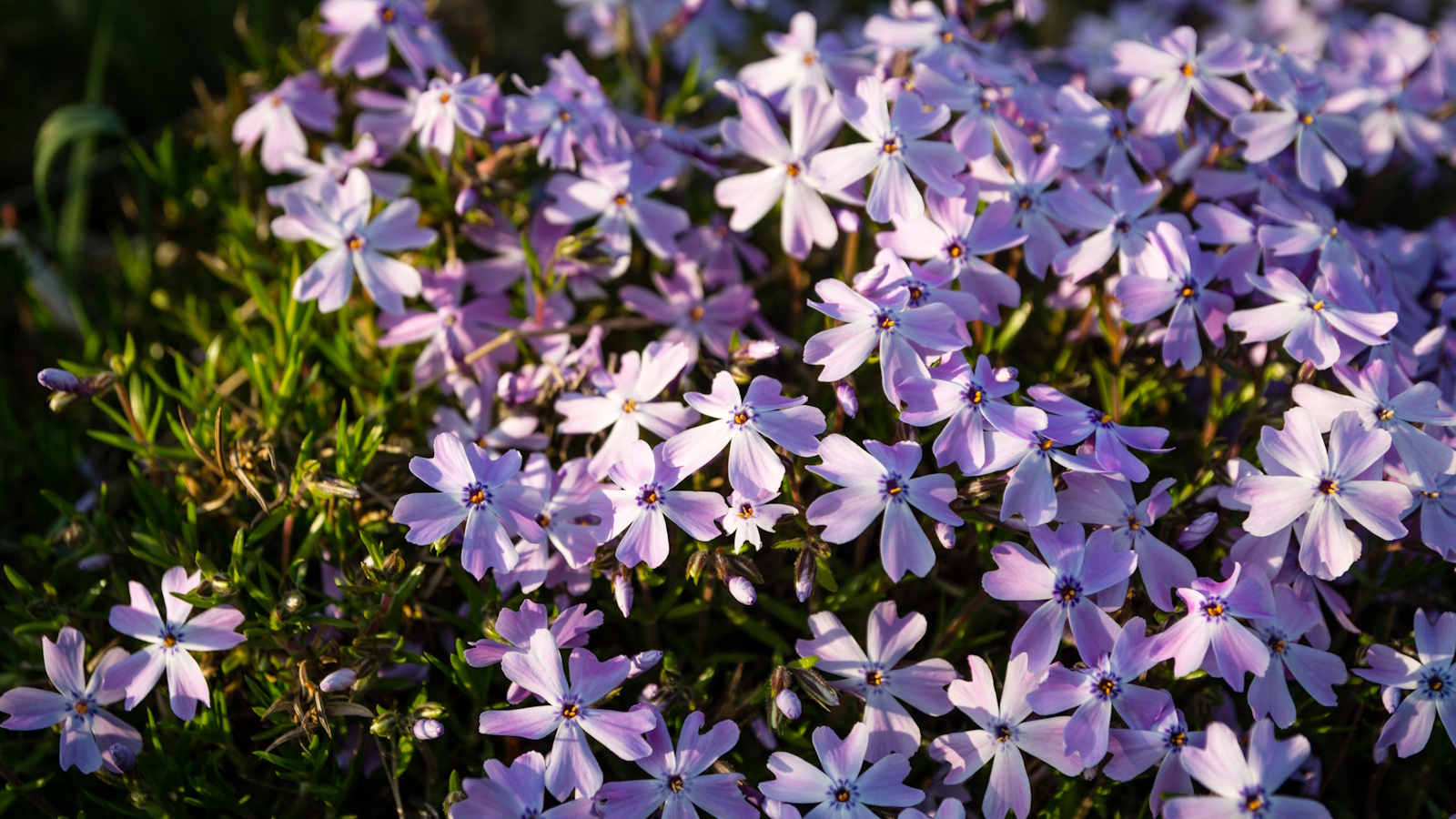

Creeping phlox is a low-growing perennial that you’ll often spot tumbling over walls, carpeting a bank, or stitching itself between rock crevices. What I like about it is its sheer determination, thriving in scrappy corners, producing a patchwork of pink, purple, white and even the odd sky-blue.
The name 'creeping phlox' gets thrown around for a handful of ground-hugging species, but the two you’ll bump into most are Phlox subulata and Phlox stolonifera. Both are North American natives, both are ridiculously resilient and both are capable of putting on a riot of bloom through spring into early summer.
So, if you’re hunting for one of the best perennials to smother a slope or soften a rocky edge, I’d say learning how to grow phlox is a good idea. Here’s what I know after years of seeing it used in cottage gardens, rockeries and in between cracks and crevices, where it always seems to find its moment.
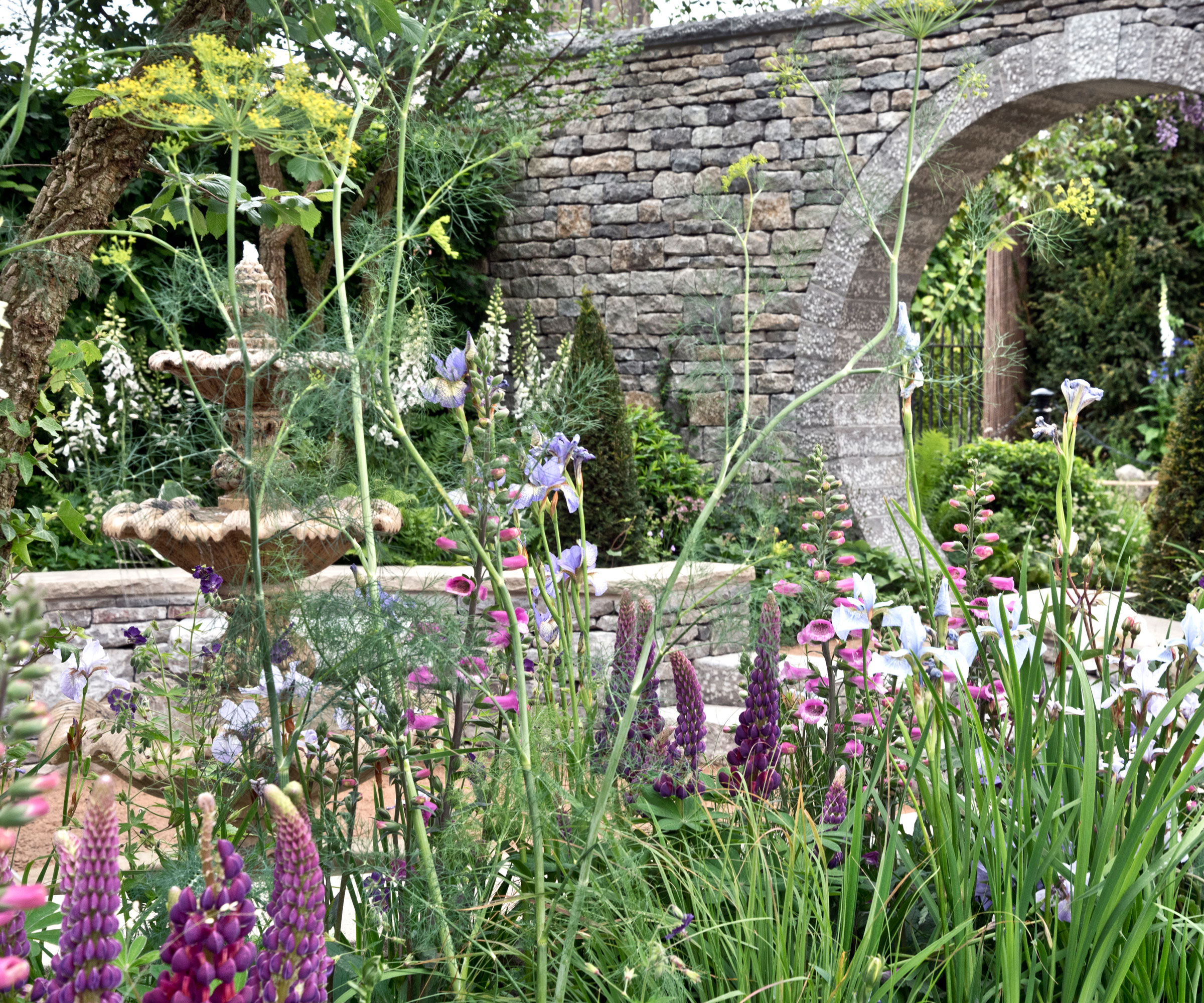
How to grow creeping phlox
I think creeping phlox is one of the best perennials for spring and summer color. And who wouldn’t want borders or slopes covered in sheets of jewel-toned flowers?
The good news is that learning how to grow creeping phlox is not complicated. Once planted, it asks for very little, apart from sunshine and reasonably well-draining soil.
Growing habits of creeping phlox
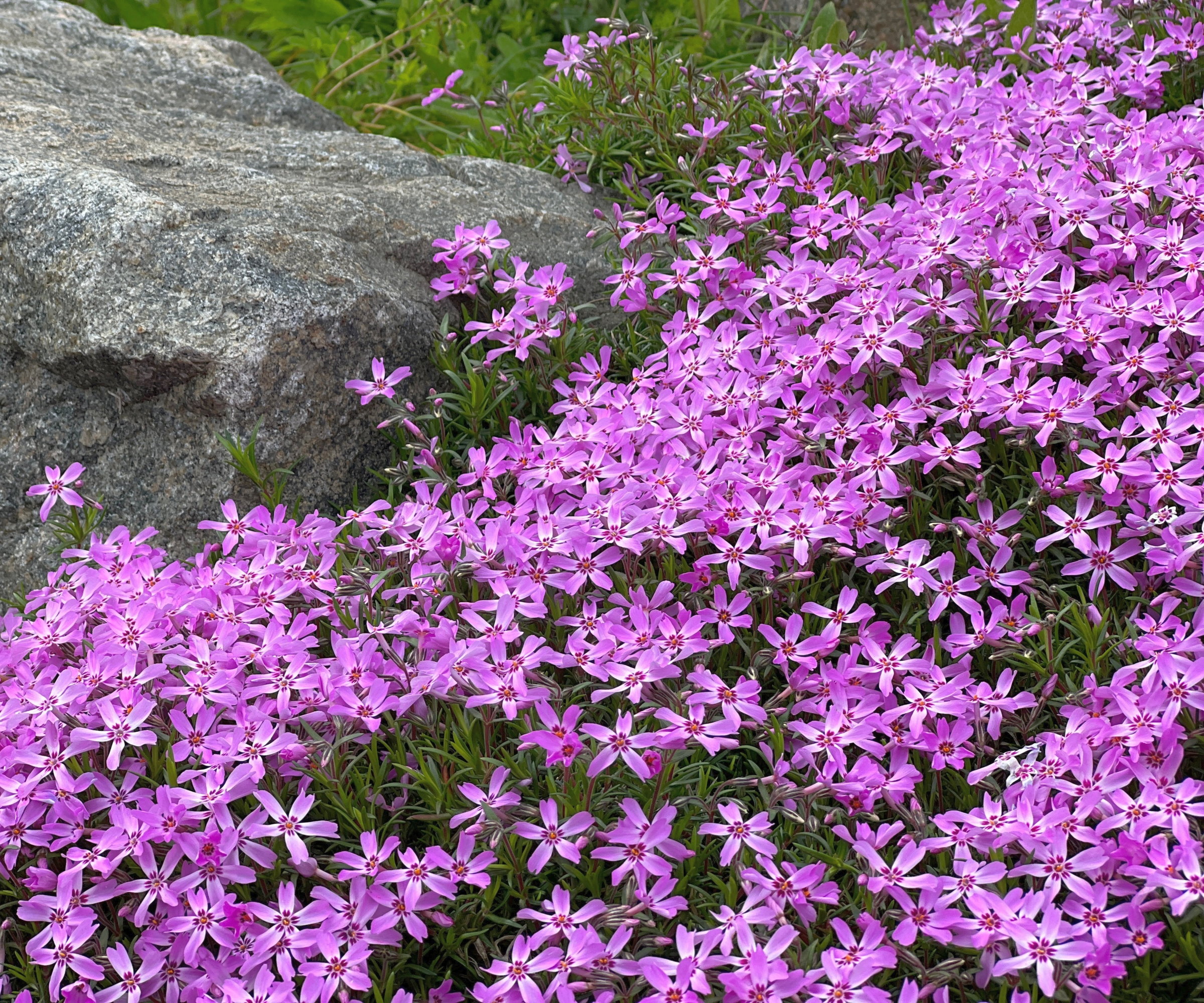
'Ground cover plants are perhaps my favorite category of plants,' says plant expert Lauren Carvalho. 'I think of them as the true workhorses of the garden.
'Creeping phlox, I think, is one of the best. It can help to knit a design together, adding interest to the edges of borders and paths, and adding a pop of color or texture to cracks and crevices where other plants might perish.'
Design expertise in your inbox – from inspiring decorating ideas and beautiful celebrity homes to practical gardening advice and shopping round-ups.
These two native plant species, Phlox subulata and Phlox stolonifera, are both hardy down to zone 5, thriving fairly far north so long as they enjoy a little bit of sunshine.
'The benefits of this gorgeous ground cover species don’t just stop with weed suppression, however, they can also be extremely valuable for pollinators too,' Lauren adds.
'One of my favorites is Phlox nana 'Perfect Pink', native to the southern regions of North America.'
'It is an outstanding performer and isn't picky about soil type. This native starts blooming in spring, offering a carpet of pink flowers with wide petals perfect for pollinating butterflies and moths who tend to rest while they nourish.'
Live pink creeping phlox plants can be ordered via Amazon.

Lauren is the Horticultural Manager for High Country Gardens. Beginning as an organic produce farmer in the Southwest, she developed a fascination with reducing the use of pesticides through using beneficial insects. This led to a life-altering opportunity learning to propagate native and pollinator-friendly, habitat-providing plants under the tutelage of Horticulturalist David Salman.
Care guide for creeping phlox
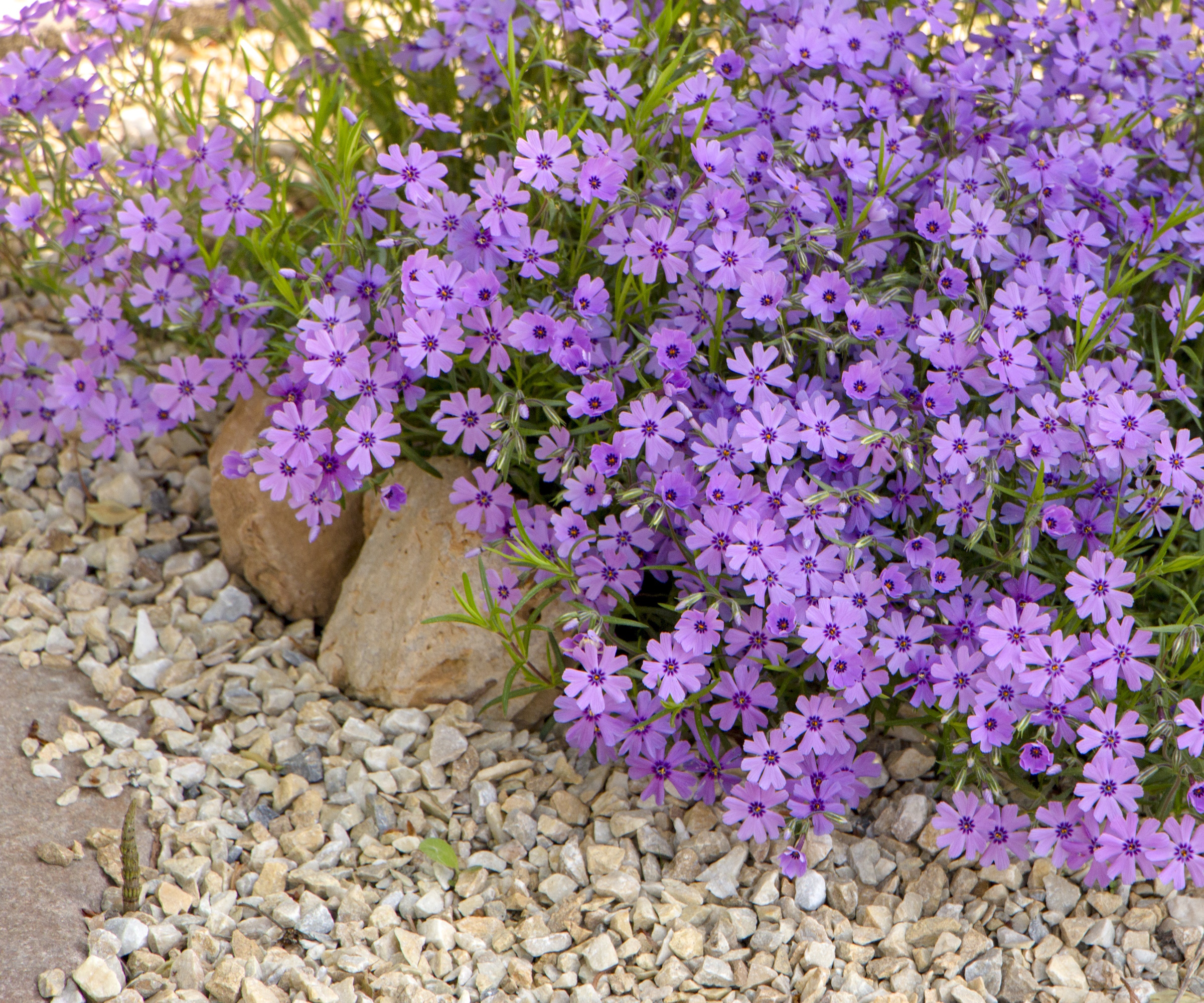
Soil: In my experience, creeping phlox do not tend to be fussy as to the soil they grow in, tolerating rocky and even poor soil, so long as there is good drainage. To help improve soil structure, mulching in the fall months is a good idea.
Light: In warmer regions, like zone 9, these cottage garden plants can be grown as part-shade perennials, doing best in places where they will enjoy a couple of hours of sunshine each day but where they are protected from the afternoon sun. In cooler regions, like zone 5, full sun is best to ensure you get as many blooms as possible.
Watering: Creeping phlox, as with most perennials, prefers a spot of water every now and then. In fact, they do best with consistent deep watering every few days during summer when the temperature can be high. This is important during the first year as they settle into your yard.
Fertilizing: In my experience, it is not really necessary to feed creeping phlox, and these perennials can do just fine without supplemental fertilizer. However, if you do want to give plants a little boost, use an organic, all-purpose fertilizer, available from Amazon, in early spring. But remember, less is more – a light feed is far preferable.
Pruning: After blooming has finished with your creeping phlox, usually sometime in late summer, you can grab your pruners from the shed and simply snip off any faded blooms to tidy the appearance. Beyond that, I would recommend leaving stems and leaves in place through fall and winter, before cutting back all brown and yellow foliage in early spring, before new growth emerges.
Toxicity: Creeping phlox (both Phlox subulata and Phlox stolonifera) are not considered toxic to humans or pets.
FAQs
Can I grow creeping phlox in pots?
Yes, creeping phlox can be grown in containers, though I’ve found it performs best when it can spread in borders. If you do grow it in pots, pick a wide container and opt for a gritty, free-draining mix, using it to carpet the soil underneath a larger shrub or tree in sun or part shade. And, it goes without saying, but be sure to keep pots well watered during July and August.
Once creeping phlox is settled in your yard, after a year or two, you’ll find it easy to manage. If it gets too thick or starts to spread a little too much for your liking, you can lift and divide clumps in the fall.
For more information, see our guide on how to divide plants to easily grow your phlox collection. Or, alternatively, if you are feeling generous, you could gift a divided plant to a gardening friend. The choice is up to you.
Shop flower accessories

Thomas is a Content Editor within the Gardens Team at Homes and Gardens. He has worked as a professional gardener for both public spaces and private estates, specializing in productive gardening, growing food and flowers. Trained in Horticulture at the Garden Museum, he has written on gardening and garden history for various publications, including The English Garden, Gardens Illustrated, Hortus, The London Gardener and Bloom. He has co-authored a Lonely Planet travel book, The Tree Atlas, due out in 2024.
You must confirm your public display name before commenting
Please logout and then login again, you will then be prompted to enter your display name.

